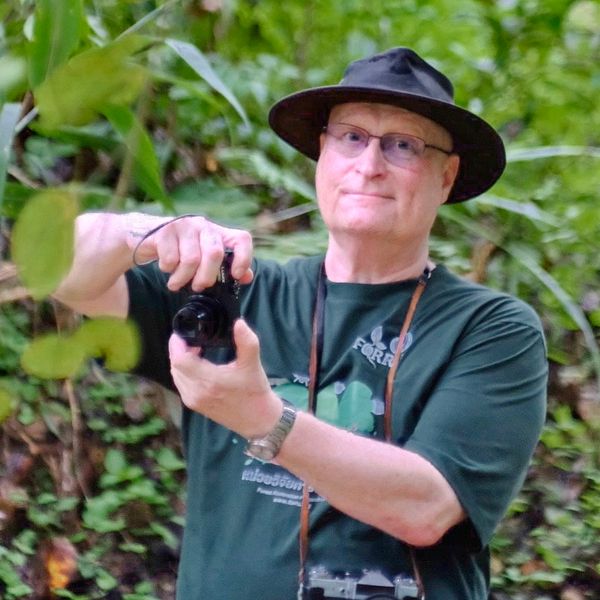The Framework Species Method: Restoring tropical forest biodiversity in a changing climate

Elliott, S., D. Blakesley, K. Hardwick, K. Sinhaseni, G. Pakkad & S. Chairuangsri, 2011. The Framework Species Method: Restoring tropical forest biodiversity in a changing climate. In: Proceedings of the International Symposium on Rehabilitation of Tropical Rainforest Ecosystems, Kuala Lumpur, 24-25 October, 2011. (Majid, N.M., O.H. Ahmed, A.S. Sajap & M.M. Islam, eds). Faculty of Forestry, Universiti Putra Malaysia, Selangor.
ABSTRACT: The ultimate goal of forest restoration is to re-establish climax forest, with maximum biomass, structural complexity and species diversity that can be supported by the soil conditions and climate of the restoration site. Since the climax forest type depends on the climate, and the climate is changing in uncertain ways, it becomes impossible to know which climax forest type to aim for, when carrying out restoration on any particular site. So restoration should seek to maximize the capability of forest ecosystems to adapt to future climate change, by i) maximizing both species diversity and genetic diversity and ii) facilitating mobility of genes across landscapes. These two processes are central to the framework species method of forest restoration, making it an ideal approach for restoring tropical forest ecosystems in a changeable climate. The method relies on enhancing natural seed dispersal mechanisms to achieve rapid biodiversity recovery, by planting mixtures of 20-30 indigenous forest tree species, which i) survive well and grow rapidly when planted in deforested sites, ii) have dense crowns to shade out weeds and iii) provide resources (food, nesting sites and so on) at a young age, which attract seed-dispersing wildlife. Conserving genetic diversity during seed collection, planting up to 30 tree species, and preserving existing natural regeneration, all increase the chances that some species/genotypes will thrive in a future climate, whatever the climatic conditions might be. Furthermore, the method’s capability to attract seed-dispersers, over distances of up to 10 km, facilitates gene migration. Some results of trials of the framework species method in northern Thailand are summarized.


